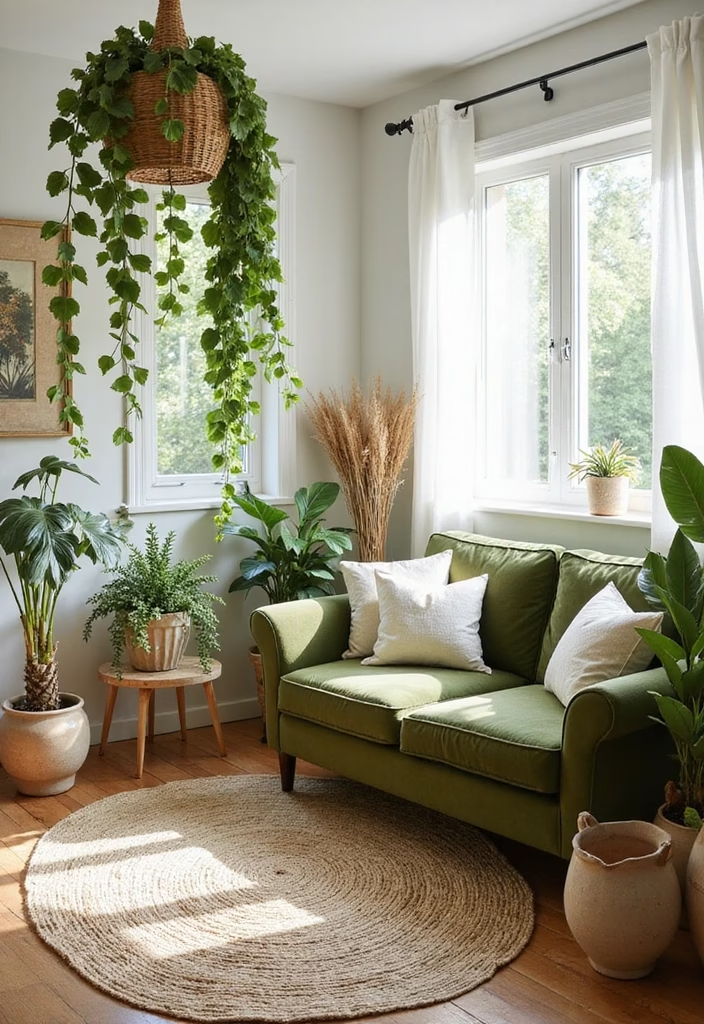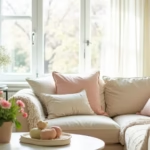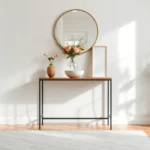Unique home decor isn’t about buying the trendiest items—it’s about weaving your personality into every corner. Forget copy-pasting Pinterest boards; let’s turn your space into a living scrapbook of your quirks, travels, and questionable thrift store hauls.
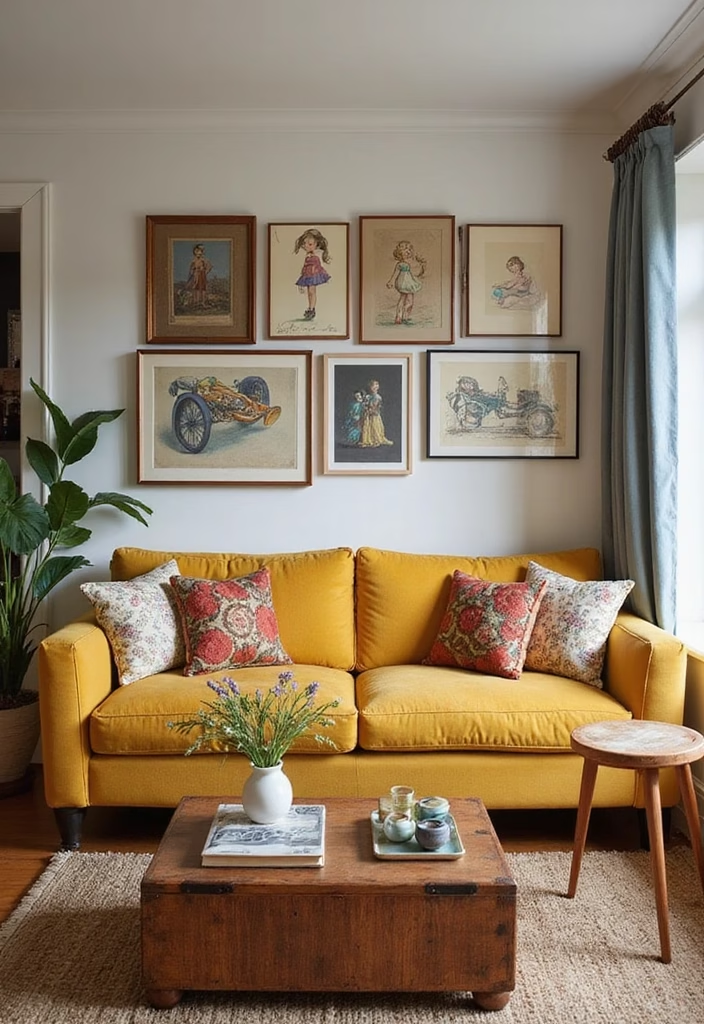
1. Embrace Thrifted Treasures & Oddities
Your home shouldn’t look like a showroom. Hunt for pieces with history: a chipped mid-century lamp, a folk art mask from a flea market, or your grandma’s crocheted table runner.
- Why it works: Thrifted items carry stories that mass-produced decor can’t replicate.
- Key elements: Mix eras (a 70s rattan chair + a sleek marble side table) and textures (velvet + wicker).
- Common mistake: Overcrowding. Let each oddity breathe—no one needs 37 porcelain clowns.
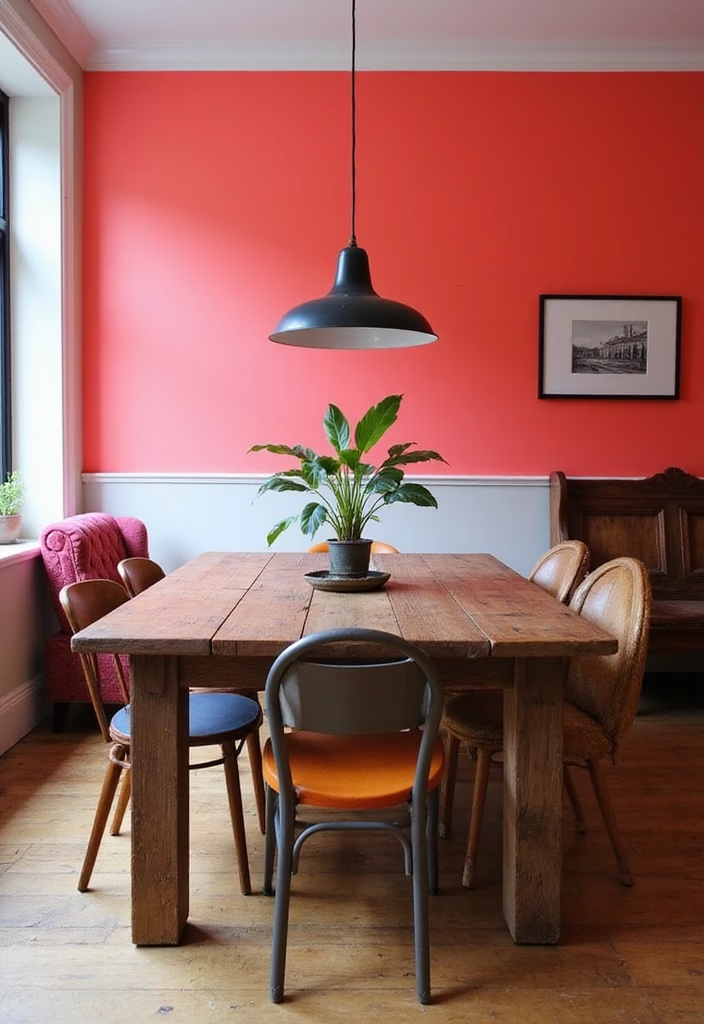
2. Bold Color Blocking
Ditch “safe” neutrals and marry unexpected hues. Paint a single wall terracotta, pair a sapphire rug with a chartreuse couch, or lacquer a bookshelf cobalt.
- Why it works: Color creates emotion and defies cookie-cutter aesthetics.
- Key elements: Limit your palette to 3–4 shades and repeat them subtly (e.g., a coral vase echoes a painted door).
- Common mistake: Ignoring natural light. Test swatches at different times of day.
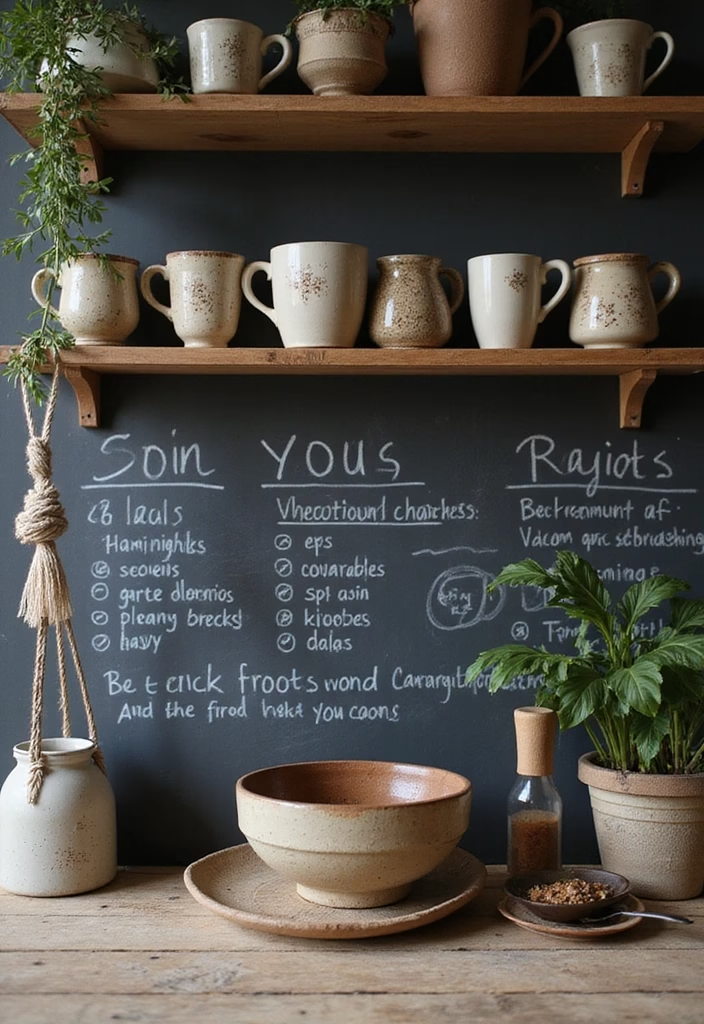
3. DIY Everything (Even If It’s Imperfect)
Handmade touches scream “you.” Paint a mural, stencil a floor, or turn old sweaters into pillow covers.
- Why it works: Imperfections add soul. That wobbly shelf you built? It’s charming.
- Key elements: Use materials you love—scrap wood, fabric remnants, even broken tiles for mosaic art.
- Common mistake: Over-editing. Let brushstrokes show; perfection is for museums.
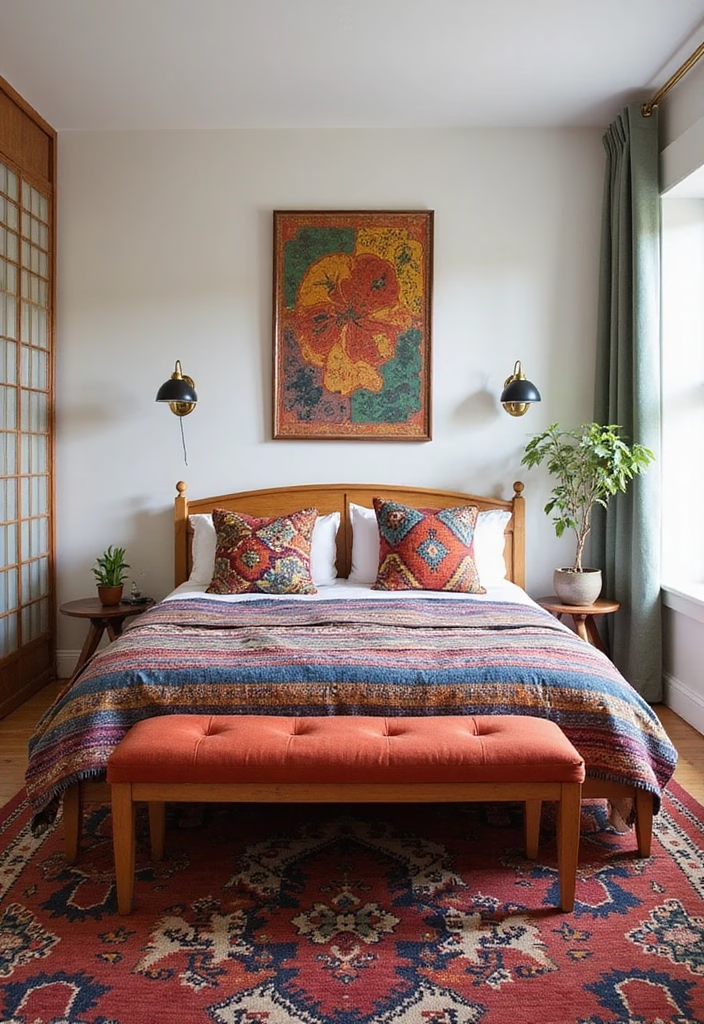
4. Global Eclecticism
Mix cultural influences without veering into cliché. Pair a Balinese carving with a Danish modern chair, or hang a Congolese mask above a French bistro table.
- Why it works: It reflects a well-traveled, curious spirit—even if your “travels” are thrift store aisles.
- Key elements: Research cultural significance. Avoid tokenism; curate with respect.
- Common mistake: Themed overload (e.g., a full “Tiki bar” bathroom).
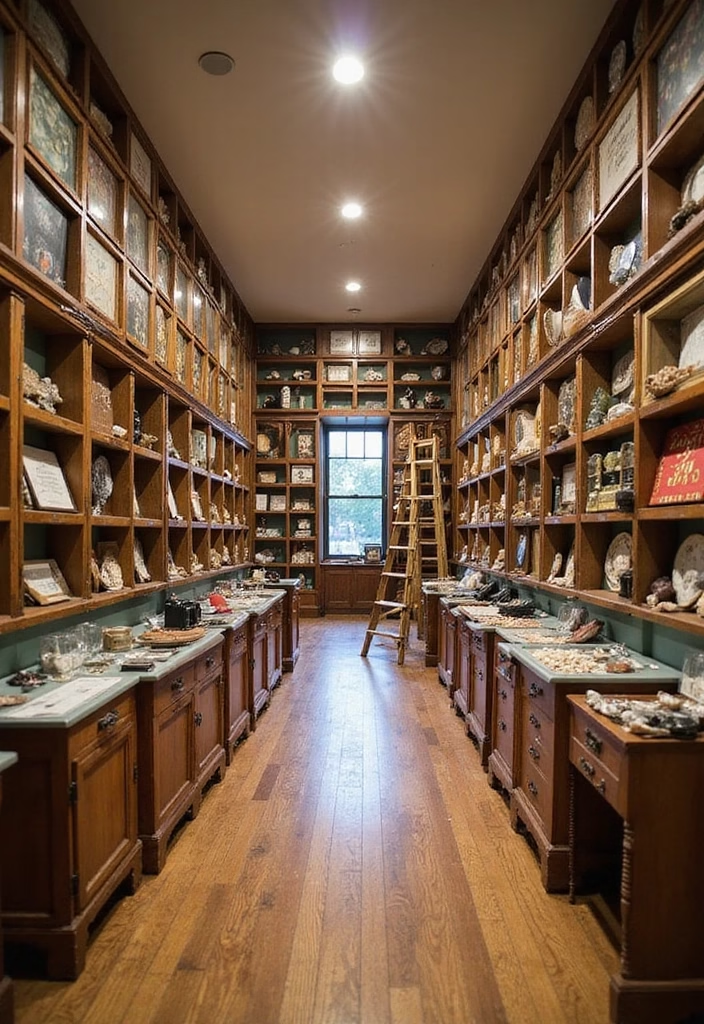
5. Curate a Quirky Collection
Display what you love obsessively: vinyl records, thrifted teacups, or seashells from every beach you’ve visited.
- Why it works: Collections tell your story better than any generic print from Target.
- Key elements: Group items tightly for impact. Use uniform frames or shelves for cohesion.
- Common mistake: Letting dust win. Glass cabinets or regular clean-ups are your friend.
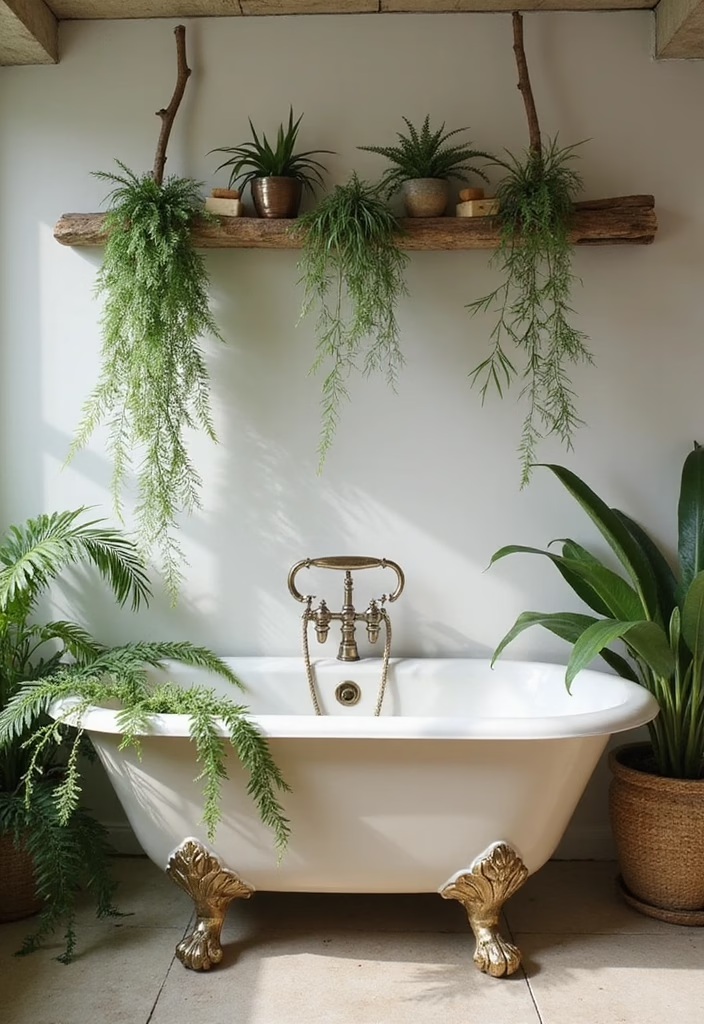
6. Bring the Outside In (Literally)
Forage for decor: stack river rocks as bookends, frame pressed leaves, or turn a gnarled branch into a curtain rod.
- Why it works: Nature’s imperfections add organic warmth.
- Key elements: Mix living plants (a fiddle-leaf fig) with preserved elements (dried flowers).
- Common mistake: Ignoring scale. A tiny succulent on a giant table looks accidental.
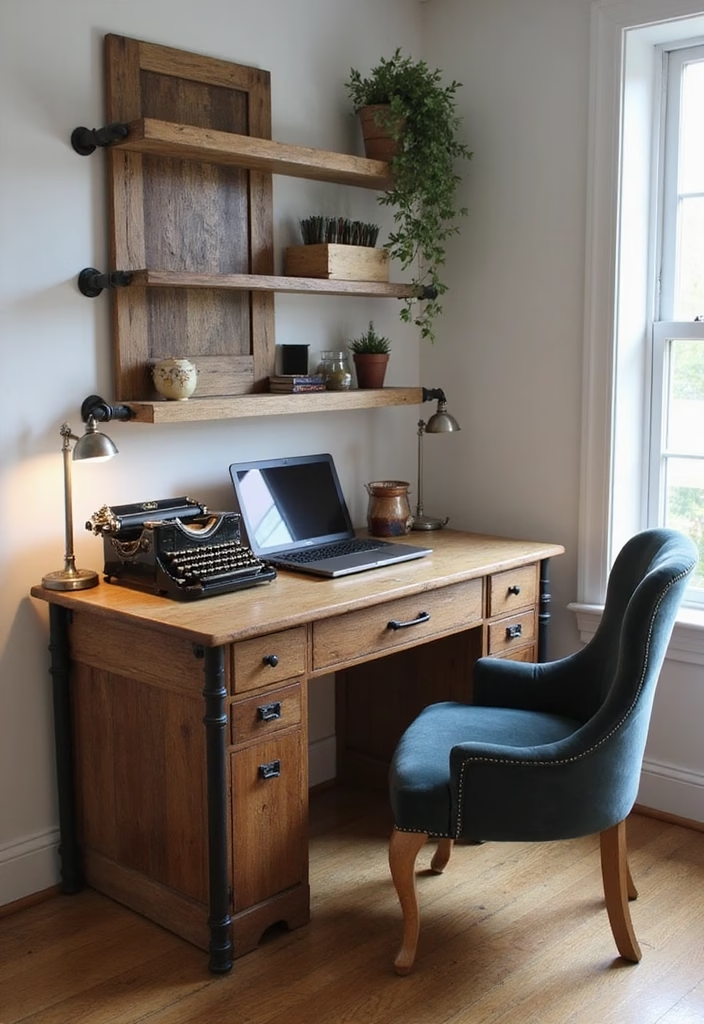
7. Clash Furniture Styles
Pair your grandma’s floral armchair with a neon acrylic side table. Mix a rustic farmhouse table with Space Age chairs.
- Why it works: Contrast creates energy and stops rooms from feeling staged.
- Key elements: Tie disparate pieces together with a shared color or material.
- Common mistake: Forgetting balance. Too many styles = visual noise.
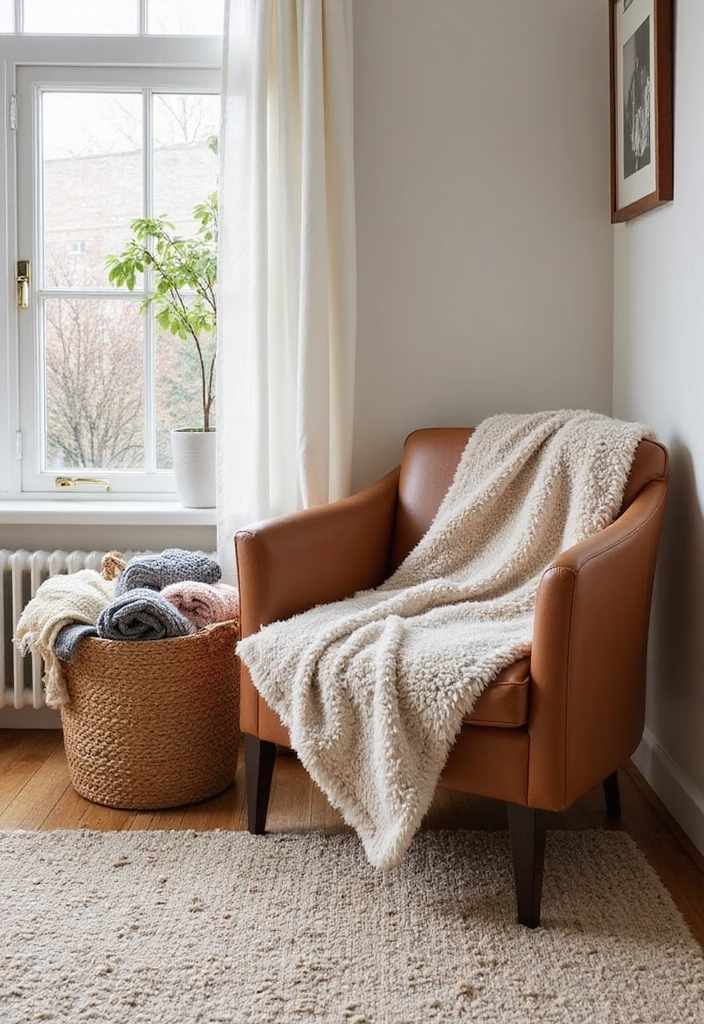
8. Layer Textures Like a Pro
Combine slick, rough, soft, and shiny surfaces. Think concrete floors + shaggy rugs, velvet pillows + rattan beds, or glossy lacquer tables + matte ceramics.
- Why it works: Texture adds depth and tactile appeal.
- Key elements: Vary scales—pair chunky knits with delicate linen.
- Common mistake: Too much matchy-matchy smoothness (aka “dentist office syndrome”).
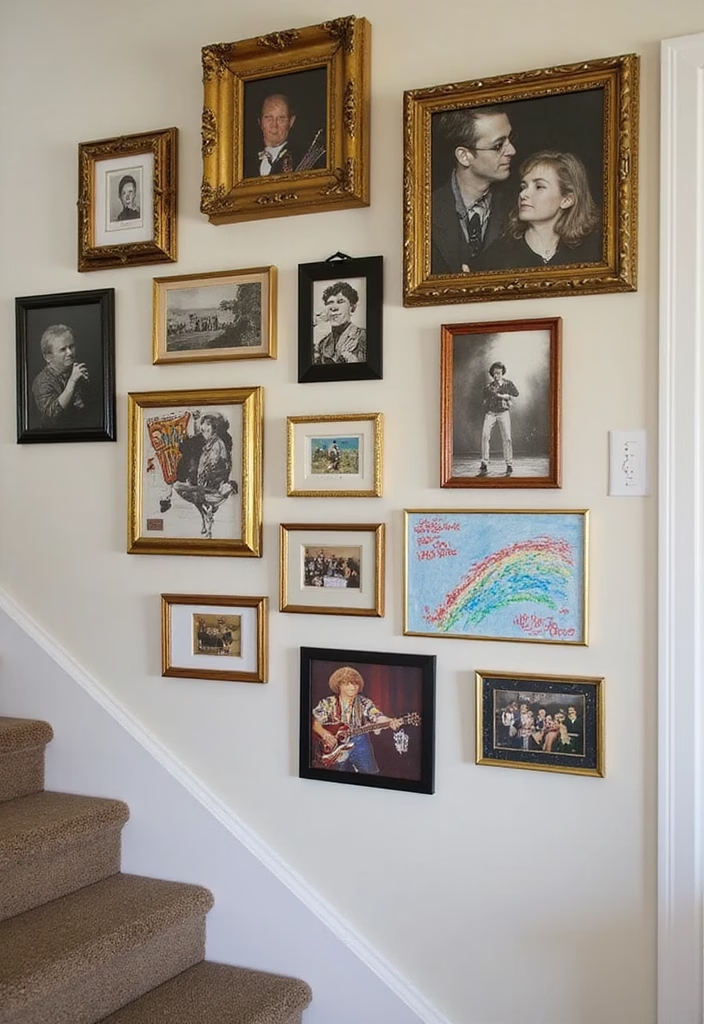
9. Gallery Walls That Break Rules
Ditch symmetry. Hang art at different heights, mix frame styles, and include 3D objects (hats, plates, a tiny shelf with a figurine).
- Why it works: Controlled chaos feels lived-in and dynamic.
- Key elements: Start with a focal piece and build outward. Use paper templates to plan layouts.
- Common mistake: Hanging art too high. Eye level isn’t a suggestion—it’s a rule.
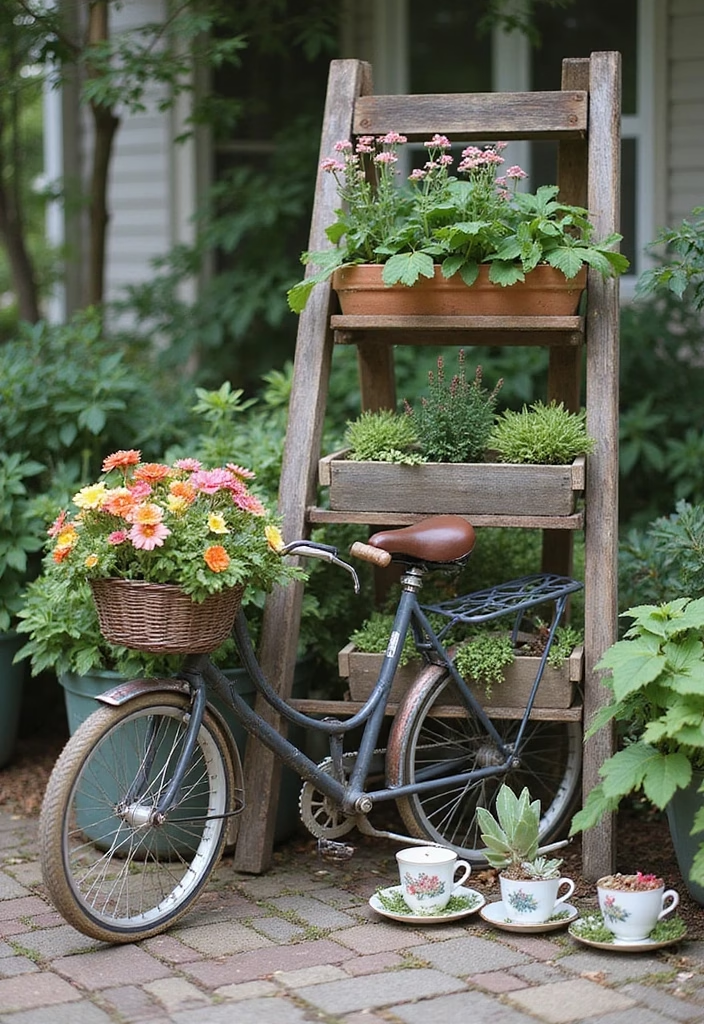
10. Repurpose Unexpected Objects
Turn a ladder into a bookshelf, a suitcase into a side table, or a colander into a pendant light.
- Why it works: It sparks conversation and showcases creativity.
- Key elements: Ensure functionality. A wine crate can hold blankets, but don’t force it.
- Common mistake: Sacrificing comfort for quirk (e.g., a “chair” made of stacked cinder blocks).
Final Takeaway:
Unique decor isn’t bought—it’s collected, crafted, and curated over time. Forget trends; focus on what makes you grin, cringe, or reminisce. Your home should be a love letter to your weird, wonderful self.


